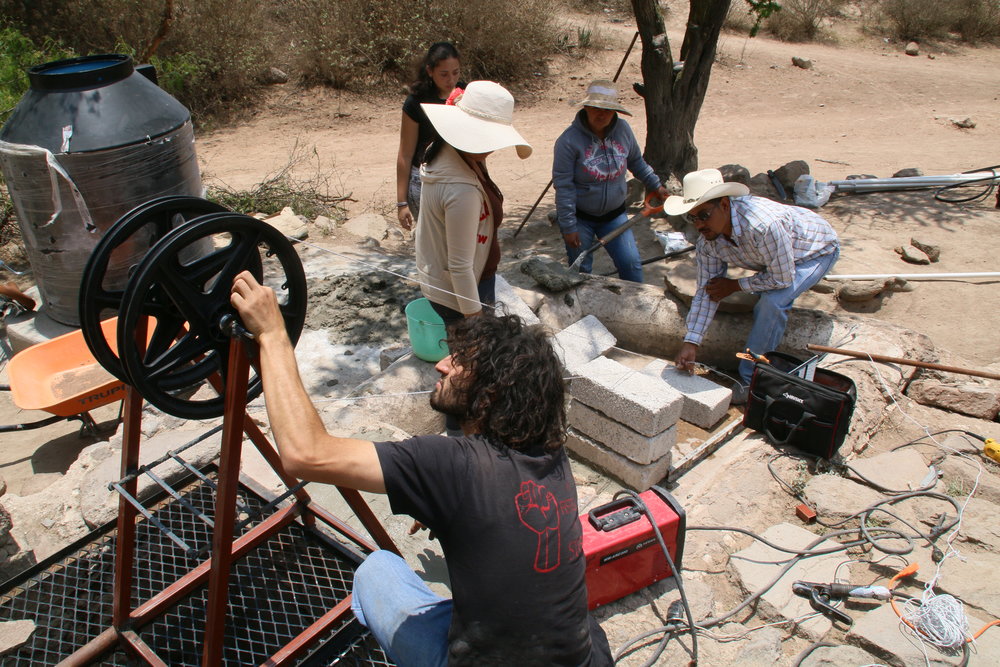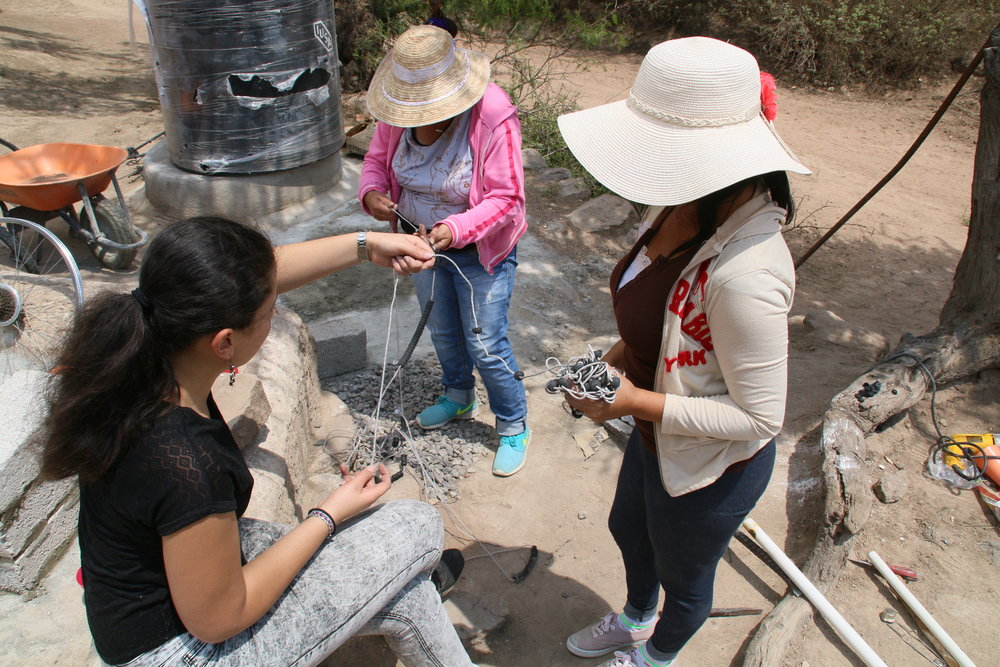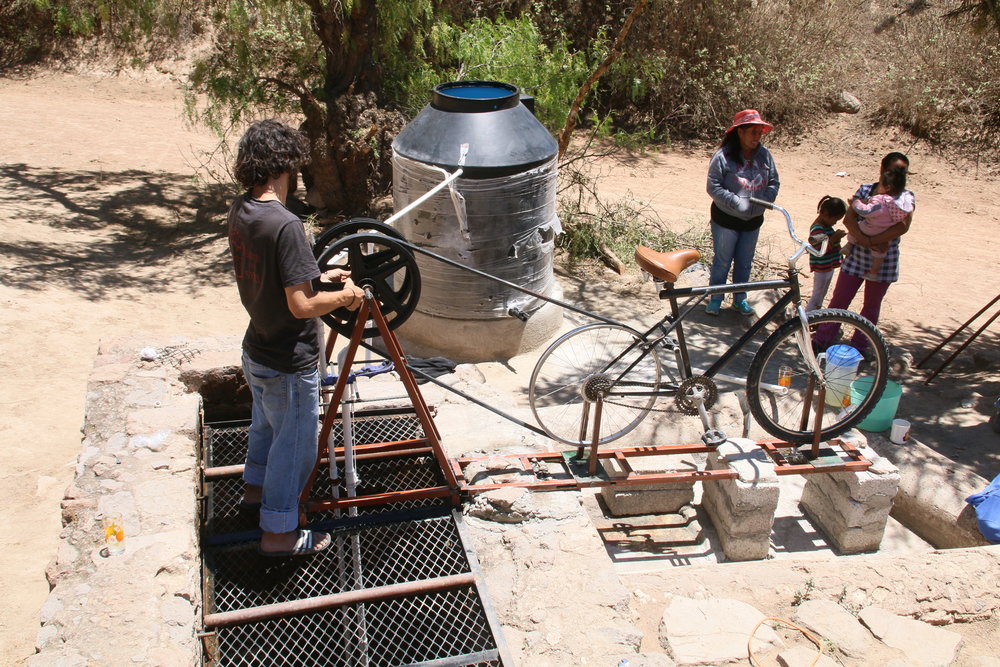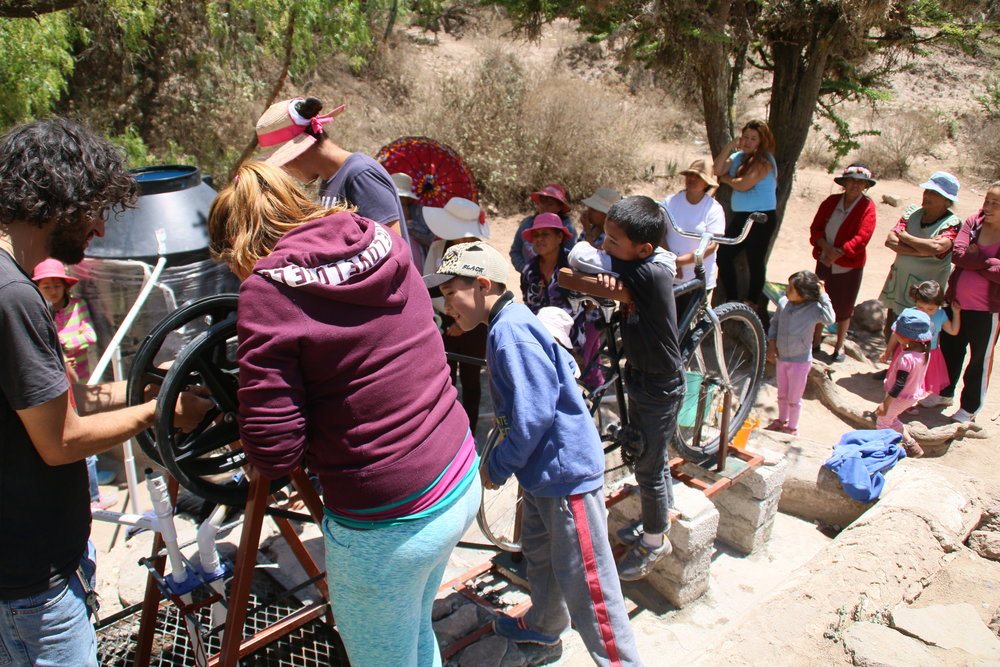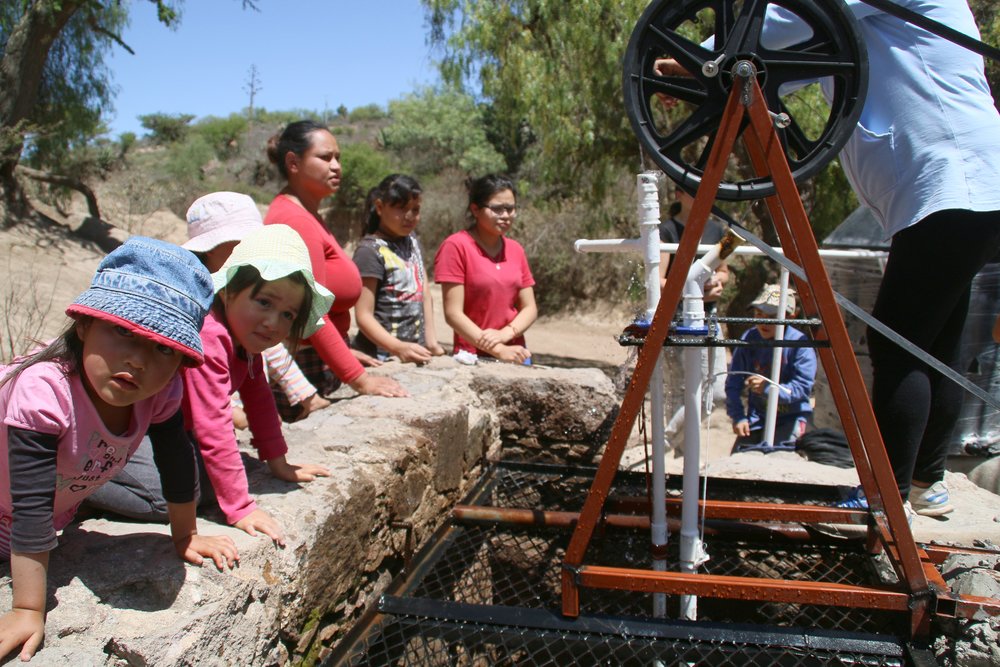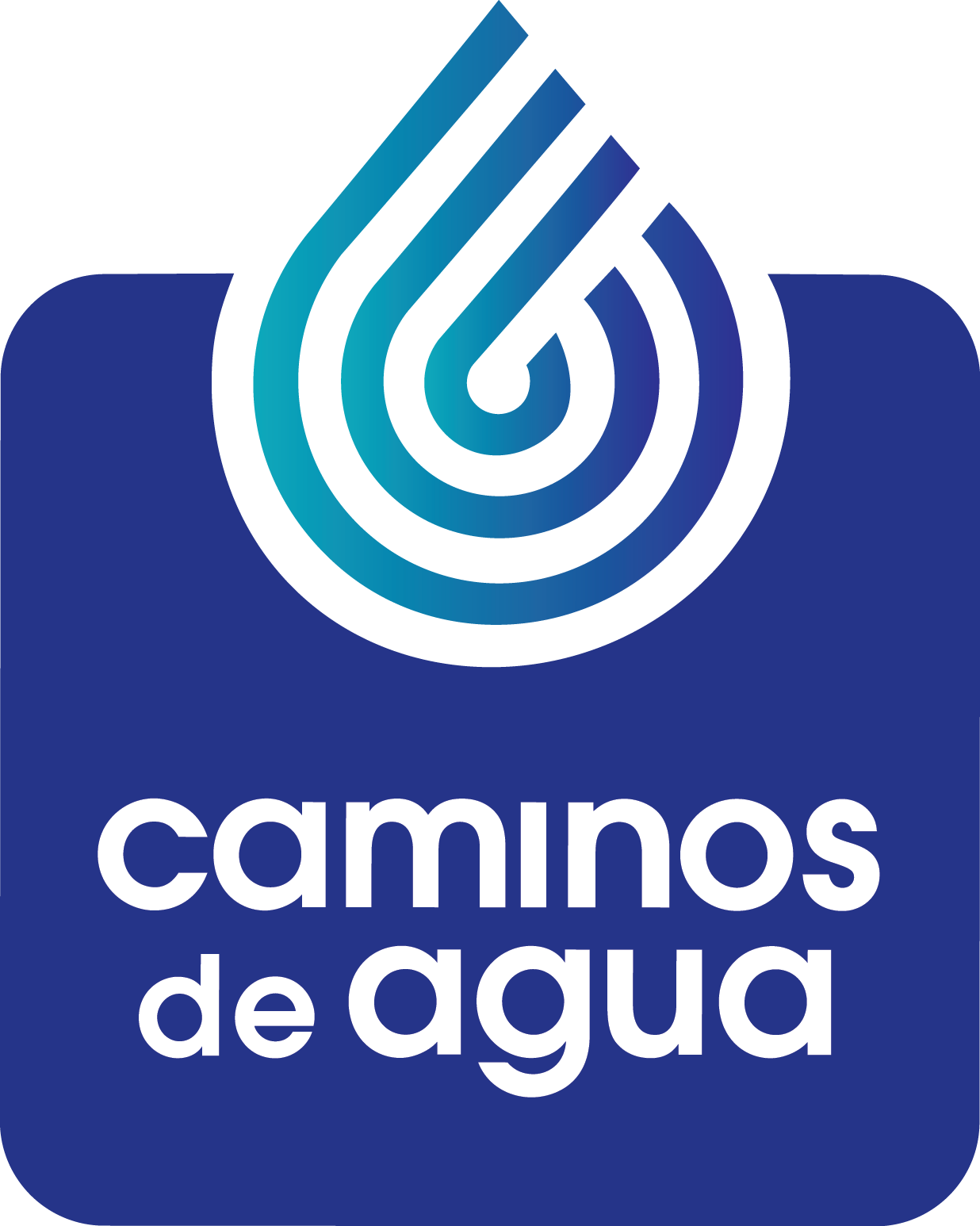Other technologies
Along with our core programming, we are continuously looking to develop new solutions and improve on existing technologies. We partner with university like University College of London to pilot low-tech water pumps. We train other groups throughout the country, where surface water is more prevalent, on biochar treatment systems or other more regionally-appropriate technologies. And we also respond to unique local community needs with projects like our shallow-well bicycle pump.
Our Impact
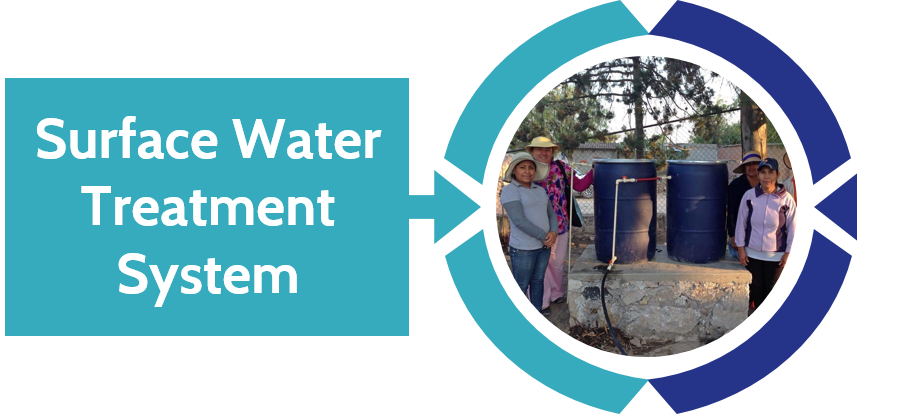 Surface Water Treatment System
Surface Water Treatment SystemDesigned by Dr. Josh Kearns from NC State University, the Surface Water Treatment system removes synthetic organic chemicals, which are prevalent in many community water supplies around the globe. The system uses high-temperature wood biochar, which can be produced on-site in nearly any community around the globe in low-tech gasifiers easily made from commonly-available materials.
Show More
While we have utilized this system in a few community projects locally (namely to improve the taste of water), in general, this system has limited application for our region in central Mexico where surface water is scarce. However, we have provided workshops on the installation of these systems for practitioners working in communities where they are more appropriate.
In May 2016, Caminos de Agua Executive Director Dylan Terrell installed a biochar system in a rural elementary school in Vergel de Guadalupe. This system deals with a persistent problem in many communities: chemical-tasting water from over-chlorination. The local water authorities install chlorination systems to treat water, but community members dislike the taste and often avoid drinking water. This system improves the taste and creates clean, safe water.
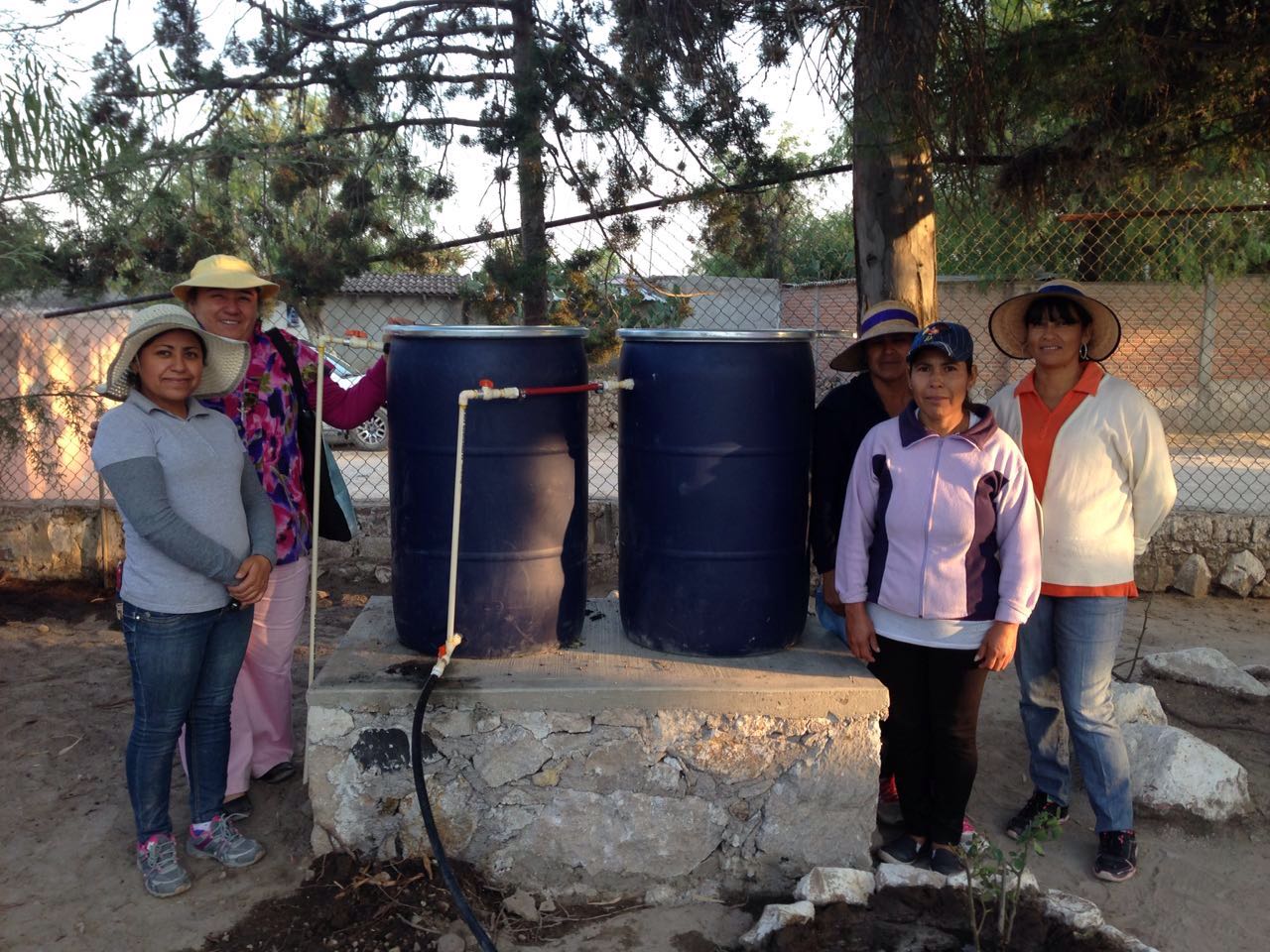
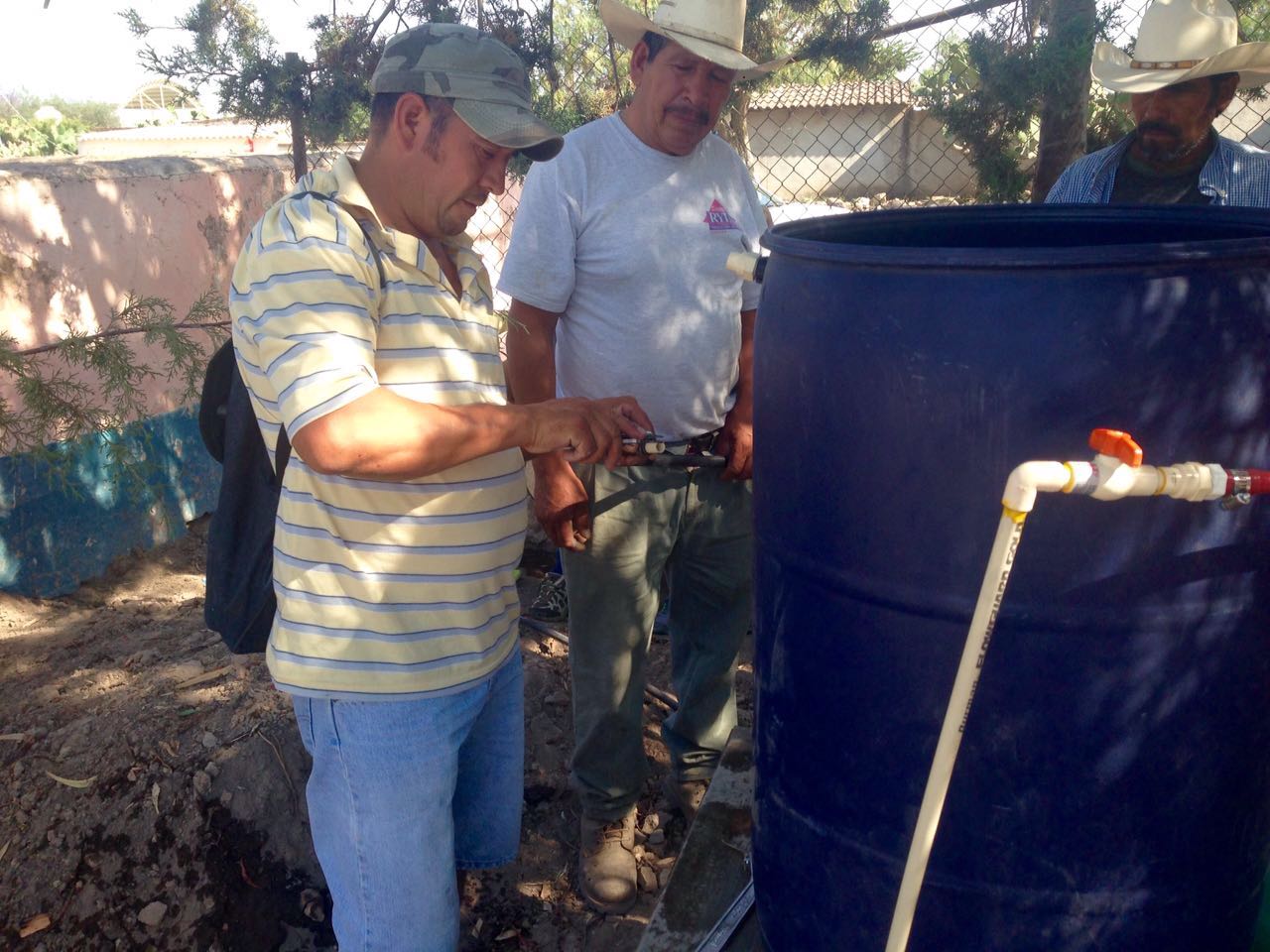
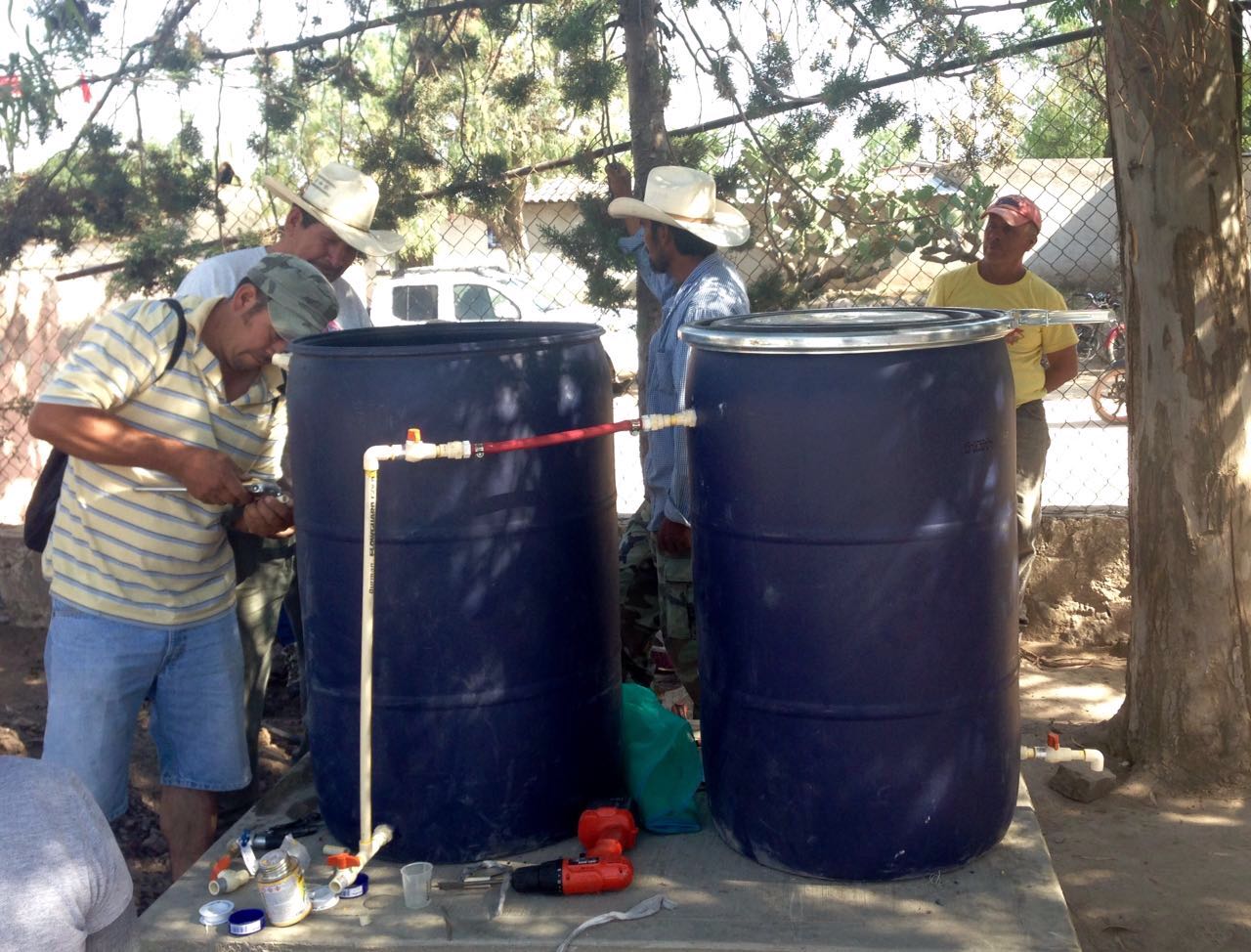
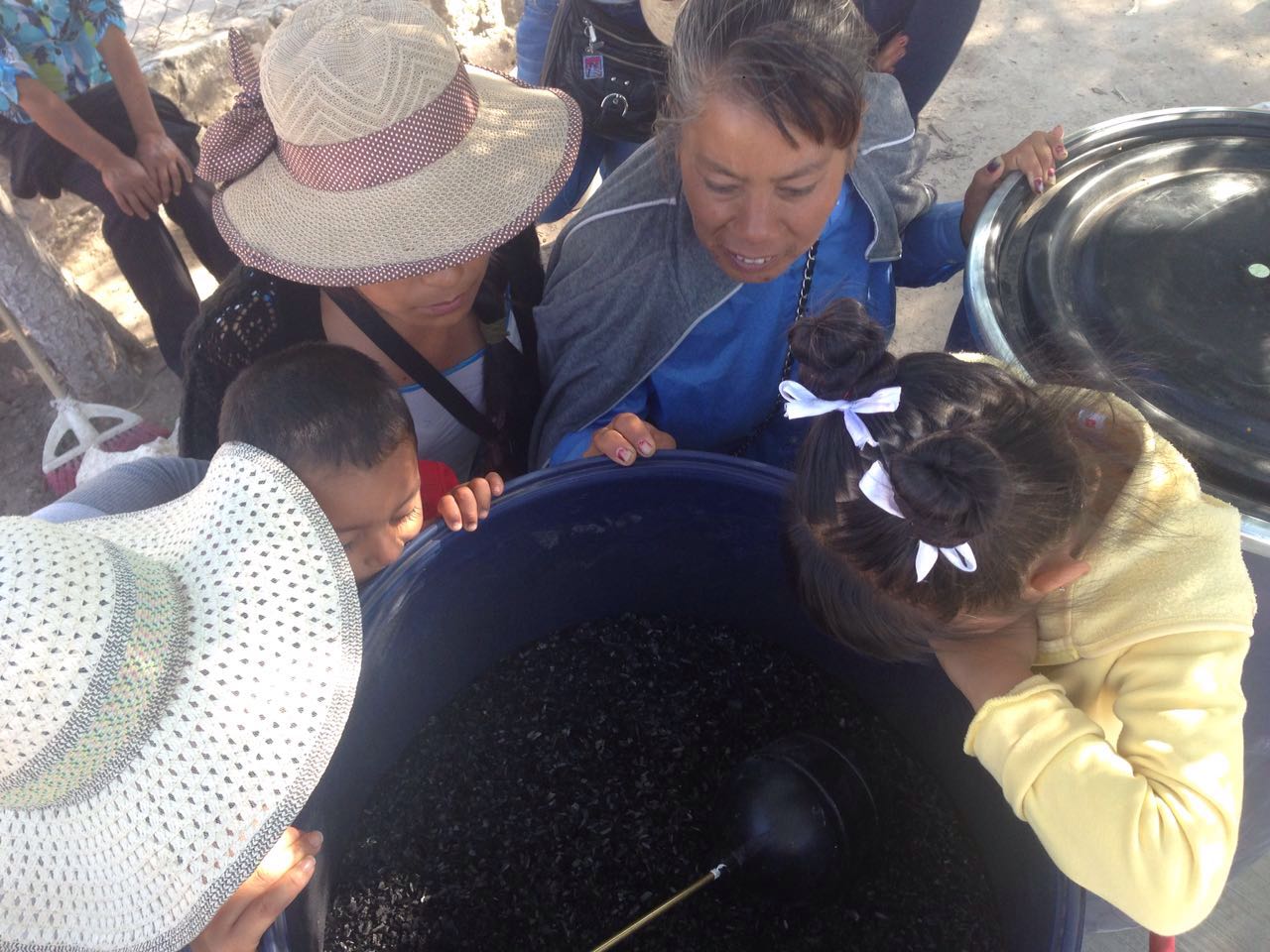
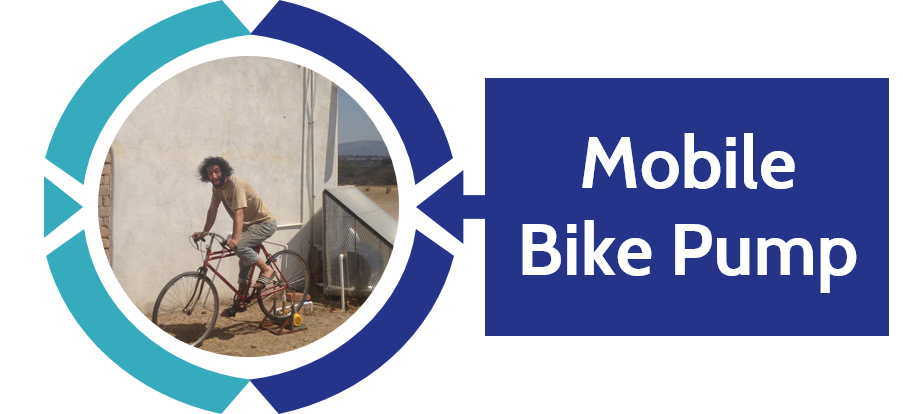 Mobile Bike Pump
Mobile Bike PumpA challenge for some of our rainwater projects is simply moving water from a storage tank to a filter system inside, which is often done manually. This is specifically difficult in schools, where teachers are busy and overwhelmed, and in homes where physically moving water is difficult or impossible for some residents. The mobile bike pump is designed to be a micro-business for local youth who will be able to ride from one rainwater cistern to another and pump water on a weekly schedule for a small fee. While we have working prototypes of the pump, initial pilots are currently on hold as our priorities have shifted.
Show More
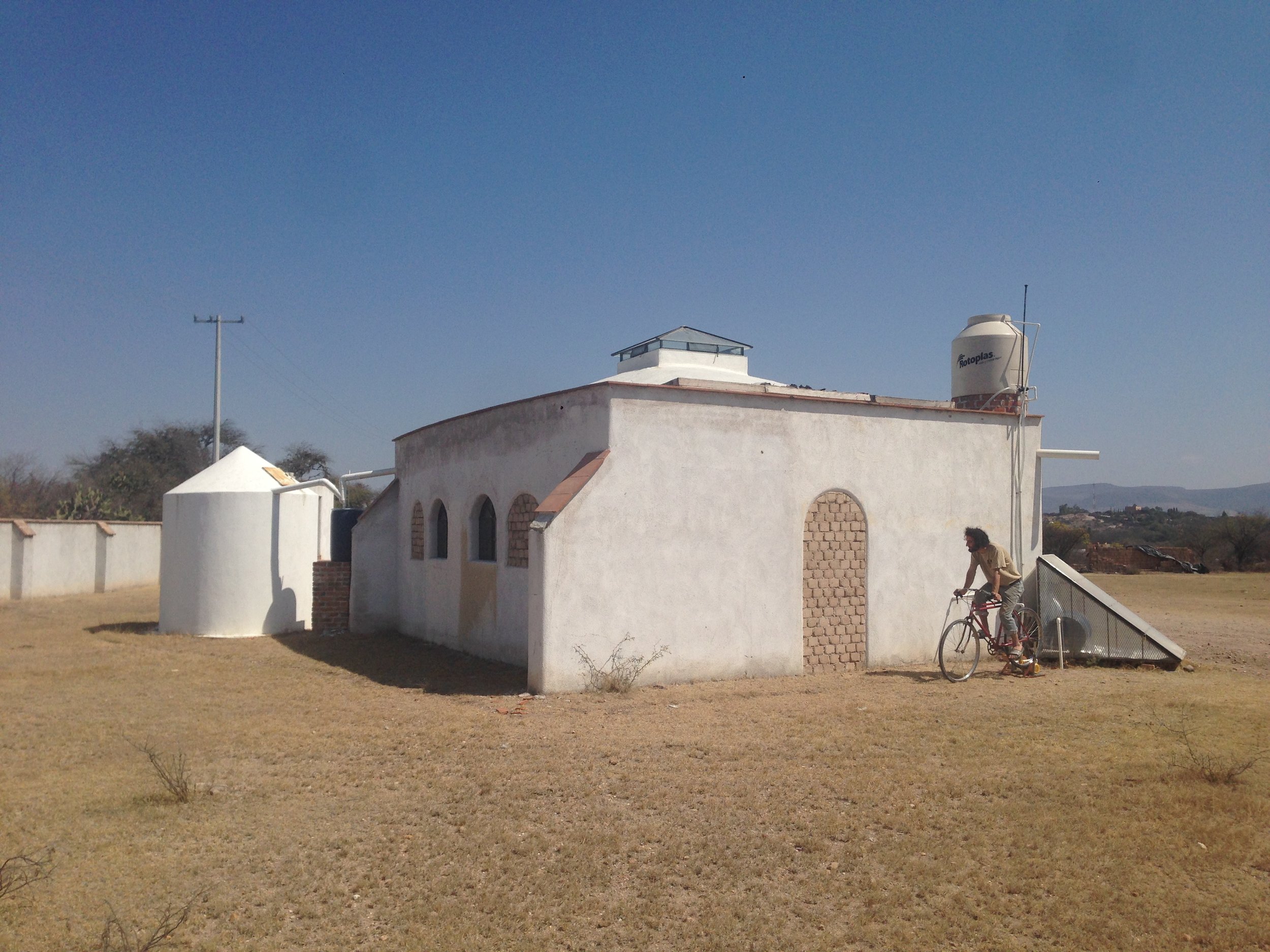
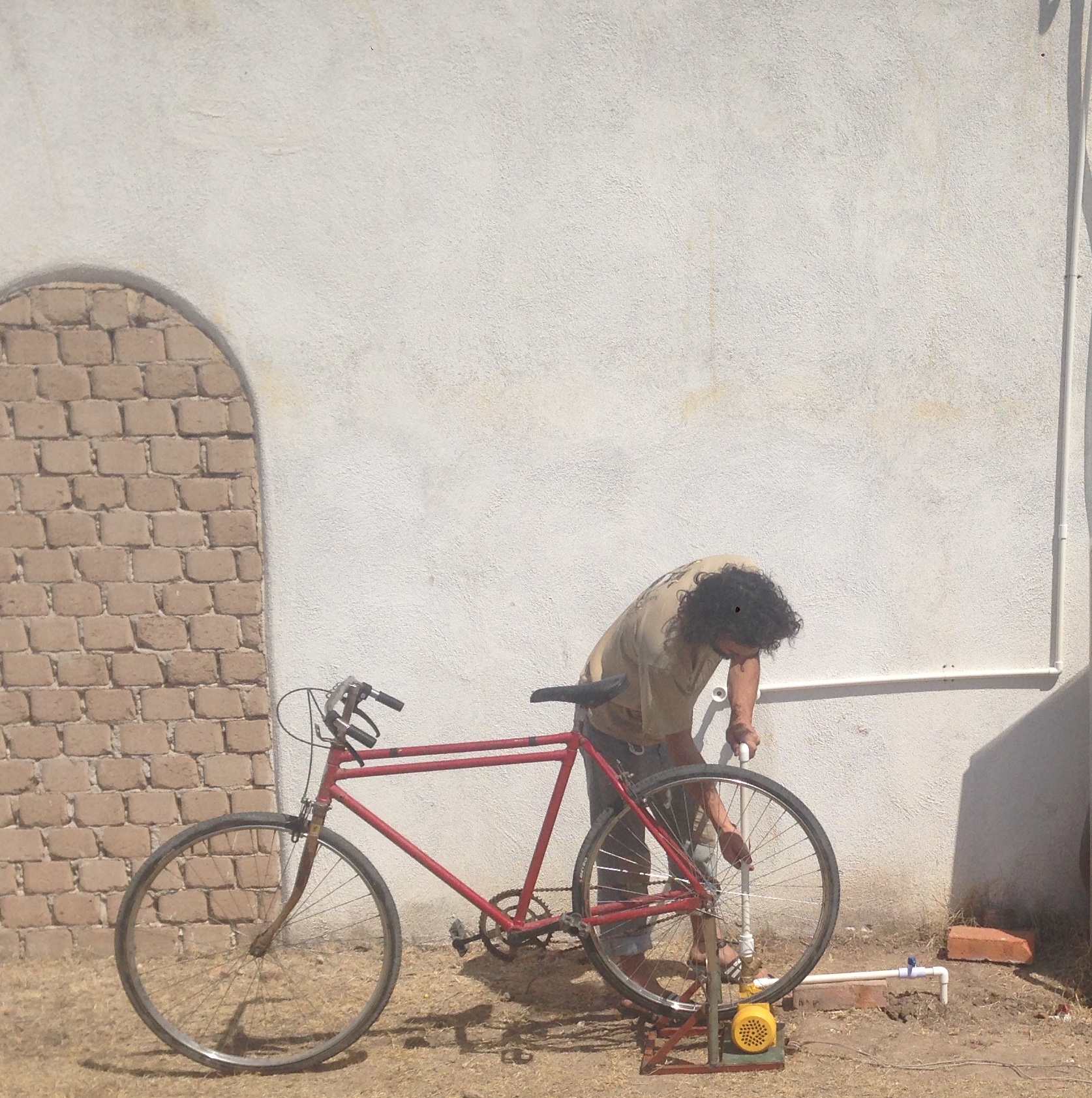
 Shallow Well Bike Pump
Shallow Well Bike PumpWater in the community of La Onza is very scarce in general and water in their deep well is too contaminated with arsenic and fluoride to be safe for consumption. However, the existing shallow well (the water surface is around 10 meters below ground level) has substantially lower arsenic and fluoride levels. This artisanal well is more than 100 years old and has historically been an important water resource for the community, albeit one that is difficult and dangerous to access.
Show More
The shallow well pump was designed especially for this community by Aaron Krupp, the Research and Technology Coordinator of Caminos de Agua. It uses the principles of a rope pump, and is based on existing designs found on websites such as ropepumps.org. This pump is intended to provide an accompanying solution to the immediate need for water: the community can mix water from the shallow well with rainwater collected in the cisterns, increasing the volume of safe water available to the community. By following Caminos de Agua’s dilution guidelines, the community can not only keep the mixed water below contamination limits for dangerous minerals but can actually obtain water with a mineral balance ideal for human consumption, as recommended by the World Health Organization.
The new pump can be powered either by bicycle or by hand. Members of the community previously had to extract water from the well using buckets tied to ropes, which were thrown into the well and then pulled up by hand. This is not only labour-intensive but extremely dangerous. Now the community can access this important water resource quickly and safely. Riding the bicycle to power the pump is also something that members of the community can enjoy, as well as providing them with a way of exercising.
The Caminos de Agua team will continue working with a small committee of community members over the coming year to monitor the operation of the pump.
